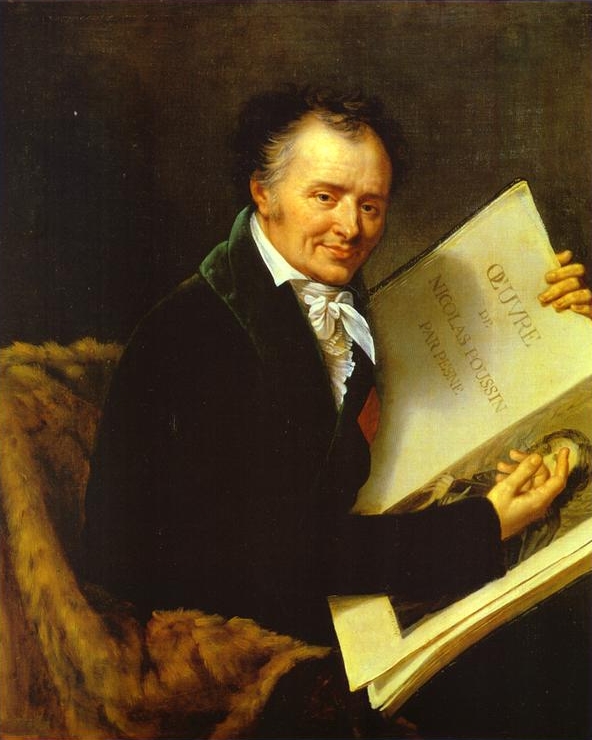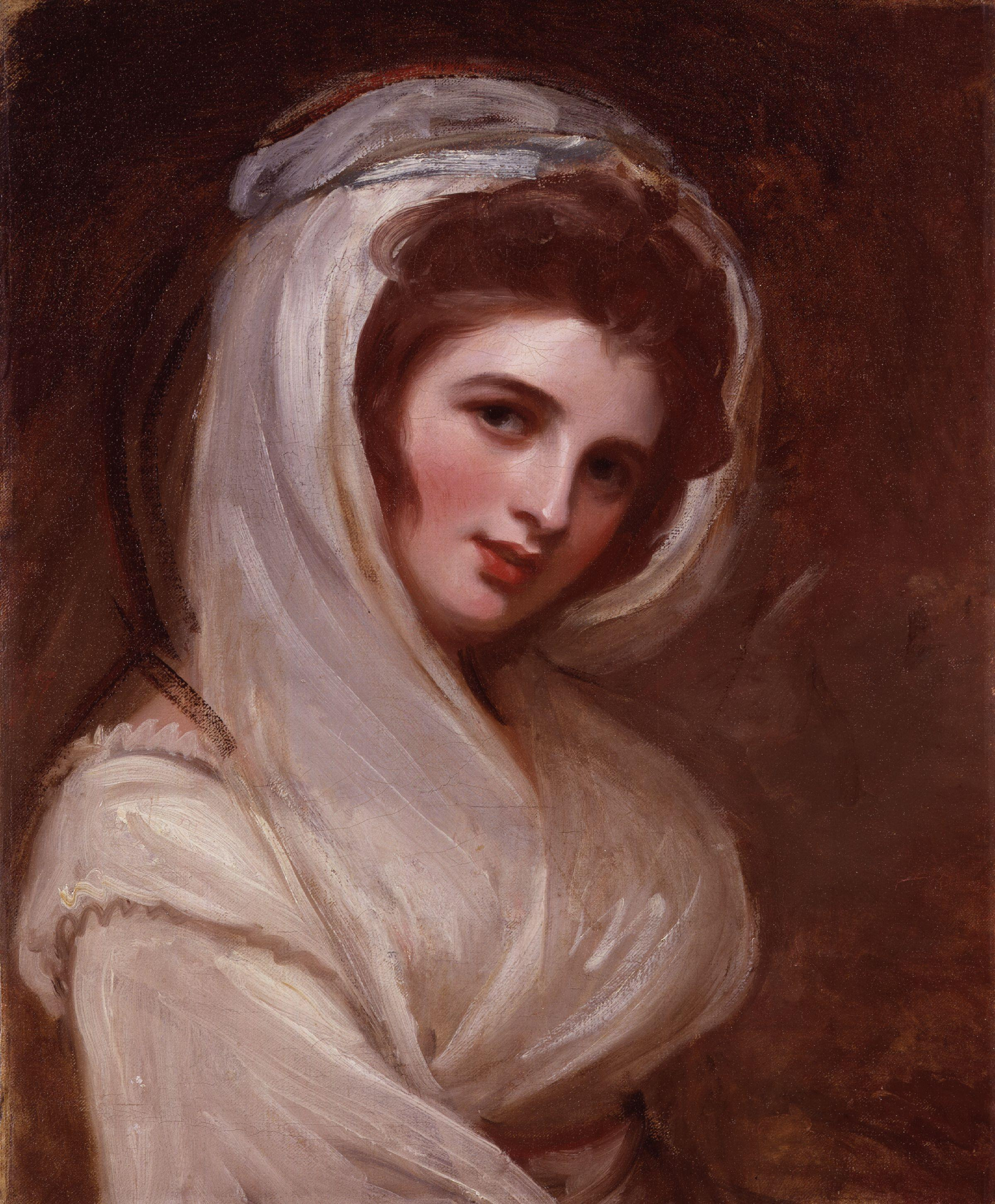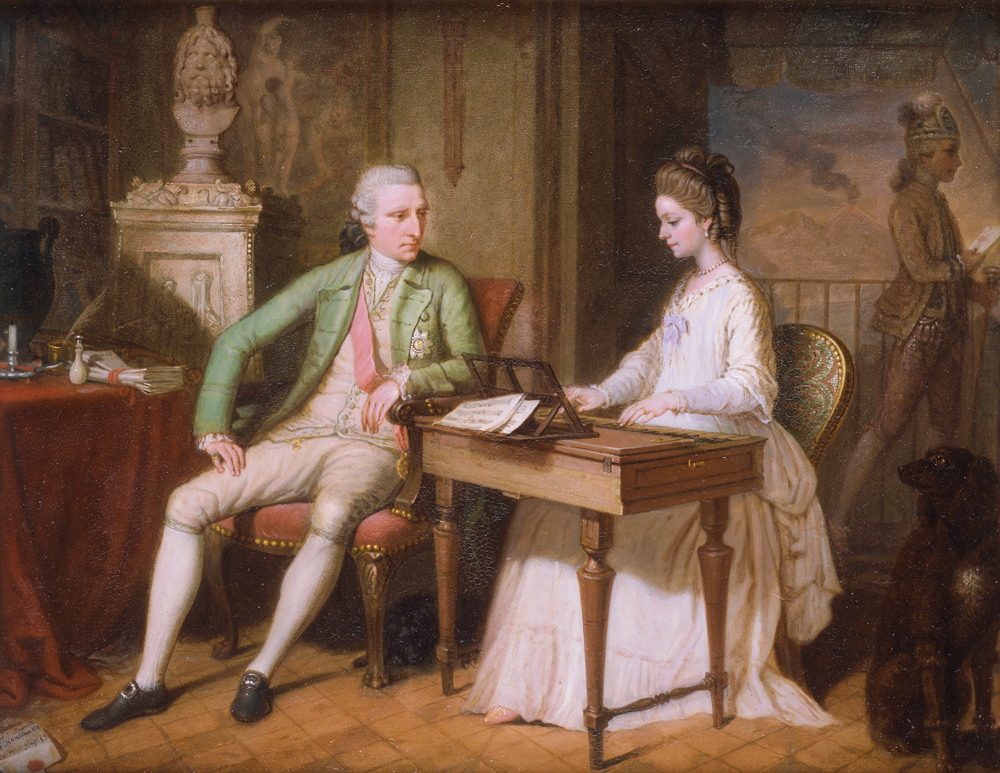|
Dominique Vivant
Dominique Vivant, Baron Denon (4 January 1747 – 27 April 1825) was a French artist, writer, diplomat, author, and archaeologist. Denon was a diplomat for France under Louis XV and Louis XVI. He was appointed as the first Director of the Louvre museum by Napoleon after the Egyptian campaign of 1798–1801, and is commemorated in the Denon Wing of the modern museum and in the Dominique-Vivant Denon Research Center. His two-volume ''Voyage dans la basse et la haute Egypte'' ("Journey in Lower and Upper Egypt"), 1802, was foundational for modern Egyptology. Birth and name Vivant Denon was born at Chalon-sur-Saône to a family called "de Non", of the "petite noblesse" or gentry, and until the French Revolution signed himself as "le chevalier de Non". Like many of the nobility, he revised his surname at the Revolution to lose the "nobiliary particle" "de". He seems to have consistently avoided using his baptised first name "Dominique", preferring his middle name "Vivant", and ... [...More Info...] [...Related Items...] OR: [Wikipedia] [Google] [Baidu] |
Robert Lefèvre
Robert Jacques François Faust Lefèvre (, 24 September 1755, in Bayeux – 3 October 1830, in Paris) was a French painter of portraits, history paintings and religious paintings. He was heavily influenced by Jacques-Louis David and his style is reminiscent of the antique. Life Robert Lefèvre made his first drawings on the papers of a procureur to whom his father had apprenticed him. With his parents' consent, he abandoned this apprenticeship and walked from Caen to Paris to become a student of Jean-Baptiste Regnault (in whose studio he met and became friends with Charles Paul Landon). At the 1791 Paris Salon he exhibited his ''Dame en velours noir'', the point of departure for his reputation. In 1805, Lefèvre painted the portrait of Empress Joséphine, and in 1807 a matching portrait of Napoléon was painted by Louis-André-Gabriel Bouchet. Napoléon gave both paintings to the city of Aachen in 1807, where they are today in the city hall and decorate the entrance hall. ... [...More Info...] [...Related Items...] OR: [Wikipedia] [Google] [Baidu] |
Engraved Gem
An engraved gem, frequently referred to as an intaglio, is a small and usually semi-precious gemstone that has been carved, in the Western tradition normally with images or inscriptions only on one face. The engraving of gemstones was a major luxury art form in the Ancient world, and an important one in some later periods. Strictly speaking, ''engraving'' means carving ''in intaglio'' (with the design cut ''into'' the flat background of the stone), but relief carvings (with the design projecting ''out of'' the background as in nearly all cameos) are also covered by the term. This article uses ''cameo'' in its strict sense, to denote a carving exploiting layers of differently coloured stone. The activity is also called ''gem carving'' and the artists ''gem-cutters''. References to antique gems and intaglios in a jewellery context will almost always mean carved gems; when referring to monumental sculpture, counter-relief, meaning the same as ''intaglio'', is more likely to be ... [...More Info...] [...Related Items...] OR: [Wikipedia] [Google] [Baidu] |
Emma, Lady Hamilton
Dame Emma Hamilton (born Amy Lyon; 26 April 176515 January 1815), generally known as Lady Hamilton, was an English maid, model, dancer and actress. She began her career in London's demi-monde, becoming the mistress of a series of wealthy men, culminating in the naval hero Lord Nelson, and was the favourite model of the portrait artist George Romney. In 1791, at the age of 26, she married Sir William Hamilton, British ambassador to the Kingdom of Naples, where she was a success at court, befriending the queen, the sister of Marie Antoinette, and meeting Nelson. Early life She was born Amy Lyon in Swan Cottage, Ness near Neston, Cheshire, England, the daughter of Henry Lyon, a blacksmith who died when she was two months old. She was baptised on 12 May 1765. She was raised by her mother, the former Mary Kidd (later Cadogan), and grandmother, Sarah Kidd, at Hawarden, and received no formal education. She later went by the name of Emma Hart. With her grandmother strugglin ... [...More Info...] [...Related Items...] OR: [Wikipedia] [Google] [Baidu] |
William Hamilton (diplomat)
Sir William Hamilton, (13 December 1730 – 6 April 1803), was a British diplomat, antiquarian, archaeologist and vulcanologist. After a short period as a Member of Parliament, he served as British Ambassador to the Kingdom of Naples from 1764 to 1800. He studied the volcanoes Vesuvius and Etna, becoming a Fellow of the Royal Society and recipient of the Copley Medal. His second wife was Emma Hamilton, famed as Horatio Nelson's mistress. Early life and career Hamilton was born on 13 December 1730 (or 12 January 1731) in either London or at Park Place, Berkshire, the fourth son of Lord Archibald Hamilton, governor of Jamaica, seventh son of William Douglas-Hamilton, Earl of Selkirk, by the 3rd Duchess of Hamilton, and Lady Jane Hamilton, daughter of James Hamilton, 6th Earl of Abercorn.Constantine 2001: 1–2. His mother was a favourite, and possibly a mistress, of the Prince of Wales and William grew up with his son George III, who would call him his "foster brother". ... [...More Info...] [...Related Items...] OR: [Wikipedia] [Google] [Baidu] |
Mezzotint
Mezzotint is a monochrome printmaking process of the '' intaglio'' family. It was the first printing process that yielded half-tones without using line- or dot-based techniques like hatching, cross-hatching or stipple. Mezzotint achieves tonality by roughening a metal plate with thousands of little dots made by a metal tool with small teeth, called a "rocker". In printing, the tiny pits in the plate retain the ink when the face of the plate is wiped clean. This technique can achieve a high level of quality and richness in the print. ''Mezzotint'' is often combined with other ''intaglio'' techniques, usually etching and engraving. The process was especially widely used in England from the eighteenth century, to reproduce portraits and other paintings. It was somewhat in competition with the other main tonal technique of the day, aquatint. Since the mid-nineteenth century it has been relatively little used, as lithography and other techniques produced comparable results more ea ... [...More Info...] [...Related Items...] OR: [Wikipedia] [Google] [Baidu] |
Etching
Etching is traditionally the process of using strong acid or mordant to cut into the unprotected parts of a metal surface to create a design in intaglio (incised) in the metal. In modern manufacturing, other chemicals may be used on other types of material. As a method of printmaking, it is, along with engraving, the most important technique for old master prints, and remains in wide use today. In a number of modern variants such as microfabrication etching and photochemical milling it is a crucial technique in much modern technology, including circuit boards. In traditional pure etching, a metal plate (usually of copper, zinc or steel) is covered with a waxy ground which is resistant to acid. The artist then scratches off the ground with a pointed etching needle where the artist wants a line to appear in the finished piece, exposing the bare metal. The échoppe, a tool with a slanted oval section, is also used for "swelling" lines. The plate is then dipped in a bath of ac ... [...More Info...] [...Related Items...] OR: [Wikipedia] [Google] [Baidu] |
Chargé D'affaires
A ''chargé d'affaires'' (), plural ''chargés d'affaires'', often shortened to ''chargé'' (French) and sometimes in colloquial English to ''charge-D'', is a diplomat who serves as an embassy's chief of mission in the absence of the ambassador. The term is French for "charged with business", meaning they are responsible for the duties of an ambassador. ''Chargé'' is masculine in gender; the feminine form is ''chargée d'affaires''. A ''chargé'' enjoys the same privileges and immunities as an ambassador under international law, and normally these extend to their aides too. However, ''chargés d'affaires'' are outranked by ambassadors and have lower precedence at formal diplomatic events. In most cases, a diplomat serves as a ''chargé d'affaires'' on a temporary basis in the absence of the ambassador. In unusual situations, in cases where disputes between the two countries make it impossible or undesirable to send agents of a higher diplomatic rank, a ''chargé d'affaires'' ... [...More Info...] [...Related Items...] OR: [Wikipedia] [Google] [Baidu] |
Naples
Naples (; it, Napoli ; nap, Napule ), from grc, Νεάπολις, Neápolis, lit=new city. is the regional capital of Campania and the third-largest city of Italy, after Rome and Milan, with a population of 909,048 within the city's administrative limits as of 2022. Metropolitan City of Naples, Its province-level municipality is the third-most populous Metropolitan cities of Italy, metropolitan city in Italy with a population of 3,115,320 residents, and Naples metropolitan area, its metropolitan area stretches beyond the boundaries of the city wall for approximately 20 miles. Founded by Greeks in the 1st millennium BC, first millennium BC, Naples is one of the oldest continuously inhabited urban areas in the world. In the eighth century BC, a colony known as Parthenope ( grc, Παρθενόπη) was established on the Pizzofalcone hill. In the sixth century BC, it was refounded as Neápolis. The city was an important part of Magna Graecia, played a major role in the merging ... [...More Info...] [...Related Items...] OR: [Wikipedia] [Google] [Baidu] |
Ferney
Ferney-Voltaire () is a Communes of France, commune in the Ain Departments of France, department in the Auvergne-Rhône-Alpes Regions of France, region of eastern France. It lies between the Jura Mountains and the France–Switzerland border, Swiss border; it forms part of the metropolitan area of Geneva. History Ferney was first noted in 14th-century Duchy of Burgundy, Burgundian registers as "Fernex" and changed several times until the 19th century to Fernay, Fernaj, Fernai or Fernex before adopting its current name as 'Ferney-Voltaire' in 1791, after the French Revolution which saw a number of city names unchristened and then given more republican names. During Voltaire's residence in Ferney in the second part of the 18th century, the town saw rapid expansion. Today Ferney is a peaceful town with a Saturday market and a large international community, due to the proximity of CERN and the United Nations Office at Geneva. Ferney is growing very quickly. It is also home to the '' ... [...More Info...] [...Related Items...] OR: [Wikipedia] [Google] [Baidu] |
Voltaire
François-Marie Arouet (; 21 November 169430 May 1778) was a French Enlightenment writer, historian, and philosopher. Known by his '' nom de plume'' M. de Voltaire (; also ; ), he was famous for his wit, and his criticism of Christianity—especially of the Roman Catholic Church—and of slavery. Voltaire was an advocate of freedom of speech, freedom of religion, and separation of church and state. Voltaire was a versatile and prolific writer, producing works in almost every literary form, including plays, poems, novels, essays, histories, and scientific expositions. He wrote more than 20,000 letters and 2,000 books and pamphlets. Voltaire was one of the first authors to become renowned and commercially successful internationally. He was an outspoken advocate of civil liberties and was at constant risk from the strict censorship laws of the Catholic French monarchy. His polemics witheringly satirized intolerance, religious dogma, and the French institutions of his day. H ... [...More Info...] [...Related Items...] OR: [Wikipedia] [Google] [Baidu] |
Louis XVI Of France
Louis XVI (''Louis-Auguste''; ; 23 August 175421 January 1793) was the last King of France before the fall of the monarchy during the French Revolution. He was referred to as ''Citizen Louis Capet'' during the four months just before he was executed by guillotine. He was the son of Louis, Dauphin of France, son and heir-apparent of King Louis XV, and Maria Josepha of Saxony. When his father died in 1765, he became the new Dauphin. Upon his grandfather's death on 10 May 1774, he became King of France and Navarre, reigning as such until 4 September 1791, when he received the title of King of the French, continuing to reign as such until the monarchy was abolished on 21 September 1792. The first part of his reign was marked by attempts to reform the French government in accordance with Enlightenment ideas. These included efforts to abolish serfdom, remove the ''taille'' (land tax) and the '' corvée'' (labour tax), and increase tolerance toward non-Catholics as well as abo ... [...More Info...] [...Related Items...] OR: [Wikipedia] [Google] [Baidu] |








